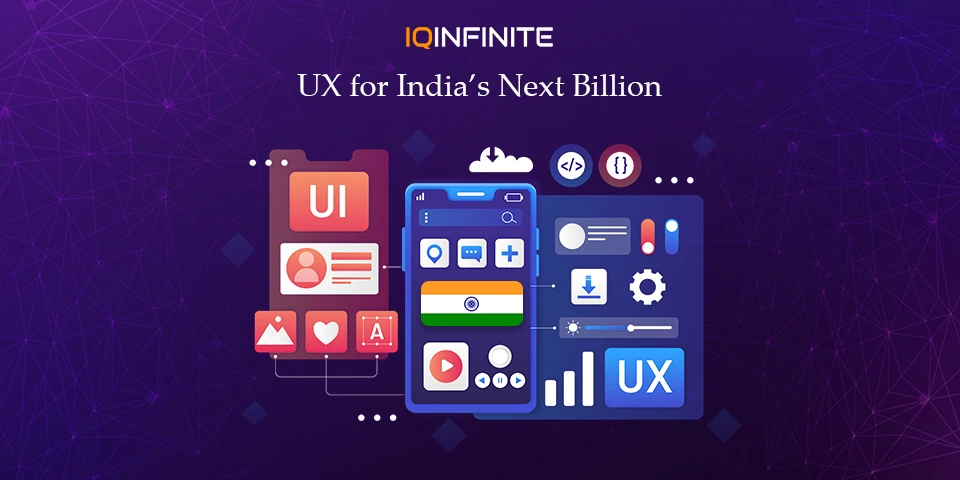Designing Digital India: UX for the next Billion

As India steps deeper into the digital era, the nation is on a transformative journey where technology is not just about convenience it’s about inclusion, empowerment and opportunity. With one of the world’s largest and fastest-growing internet user bases, India is witnessing the rise of a new demographic often called the “Next Billion Users.”
These are individuals from rural towns, tier-2 and tier-3 cities and underserved communities who are connecting to the internet for the very first time.
For businesses, startups and designers, this shift presents both an enormous opportunity and a unique challenge: How do we design user experiences (UX) that are intuitive, accessible and truly meaningful for the next billion Indians?
The Rise of the Next Billion Users
- Regional Expansion: Digital adoption is no longer limited to urban centres. With the rise of affordable smartphones and low-cost data plans, millions of users from rural areas are coming online for the first time.
- Diverse Linguistic Needs: Over 90% of these new users prefer accessing the internet in regional languages rather than English, making localized content and interfaces essential.
- New Digital Behaviours: Unlike traditional users, many first-time adopters are leapfrogging computers entirely, experiencing the internet primarily through voice search, video content and mobile-first applications.
Key UX Principles for Digital India
Localized content is no longer optional it’s essential. Supporting multiple Indian languages, regional scripts and intuitive translations helps users feel at home in the digital space.
2.Simplicity over Sophistication
First-time internet users need straightforward interfaces. Clear icons, minimal text and guided onboarding can lower barriers and build confidence.
3.Voice as the New Touch
Voice interfaces in local languages are transforming digital access. For many, it’s easier to say “गाना चलाओ” than to type “play song”.
4.Design for Low-Bandwidth Environments
Apps that run smoothly on slow connections, offer offline modes and minimize data use will stand out in regions with inconsistent internet access.
5.Trust and Safety
With digital literacy still developing users remain vulnerable to fraud. Building transparent, secure and trustworthy experiences is vital for long-term adoption.
The Road Ahead
By focusing on accessibility, inclusivity and cultural relevance, India has the chance to not only bring the next billion online but also empower them with digital tools that improve lives.
The future of India’s digital revolution depends on one guiding principle: design for everyone, not just the privileged few.
Conclusion
By embracing regional diversity, simplifying interfaces and fostering trust, we can create digital experiences that empower every individual, from metropolitan professionals to rural first-time users.
Ultimately, the success of Digital India lies in designing solutions that are not only technologically advanced but also deeply human-centric. The future will belong to those who design for the masses, with empathy and for impact.
